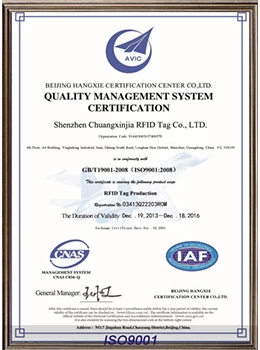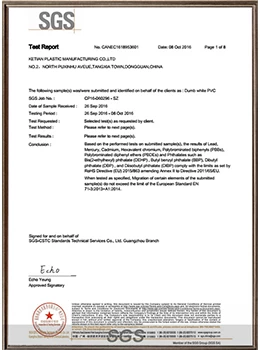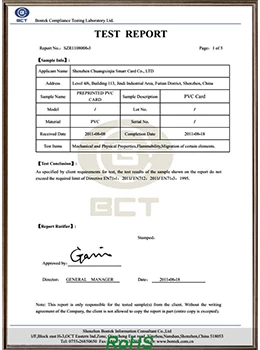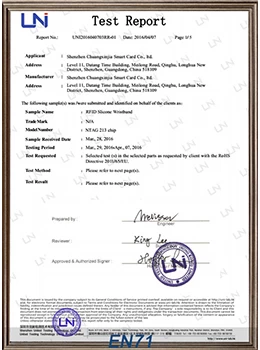What types of NFC access cards are available now?
Access cards, also known as proximity cards or smart cards, are ubiquitous tools used to control physical and digital access to secure areas, facilities and information. In this article, we’ll take a closer look at the various types of access cards, each of which is tailored to specific security requirements and technical features.

1. Magnetic stripe card:
Magnetic stripe cards are one of the earliest forms of access control cards and have a magnetic strip on the back that contains encoded data. When a card is swiped through a card reader, the magnetic strip transmits information to grant or deny access. Although widely used, magnetic stripe cards are easily cloned and gradually replaced by more secure alternatives.
2. Proximity card:
Proximity cards utilize radio frequency identification (RFID) technology to communicate wirelessly with a card reader. The cards are designed to be waved or held close to a card reader without the need for physical contact. There are two main types of proximity cards: low frequency (LF) and high frequency (HF), each providing different levels of security and range.
3. Smart card:
Smart cards, also known as chip cards or integrated circuit cards (ICC), have an embedded microprocessor chip that securely stores and processes data. Smart cards can be contactless or contactless, with the contactless variant utilizing NFC (Near Field Communication) technology to communicate wirelessly with the card reader. Smart cards offer enhanced security and functionality compared to traditional magnetic stripe or proximity cards.
4. Biometric access card:
Biometric access cards combine biometric technologies such as fingerprint or iris recognition with traditional access card functionality. These cards require users to verify their identity using biometric data, providing an additional layer of security over traditional card-based authentication methods. Biometric access cards are particularly suitable for high-security environments that require strict authentication.
5. Keychains and Tokens:
Key fobs and tokens are compact, portable devices that serve as alternatives to traditional access cards. These devices typically feature embedded RFID or NFC technology and are often attached to a keychain or lanyard for easy access. Key fobs and tokens are often used in applications where carrying traditional access cards may be impractical or cumbersome.
6. Mobile access credentials:
With the proliferation of smartphones and mobile technology, mobile access credentials are becoming increasingly common. Instead of using a physical card or token, users can store access credentials digitally on their smartphone and present them to a card reader using NFC or Bluetooth communications. Mobile access credentials provide more convenience and flexibility while maintaining security standards.
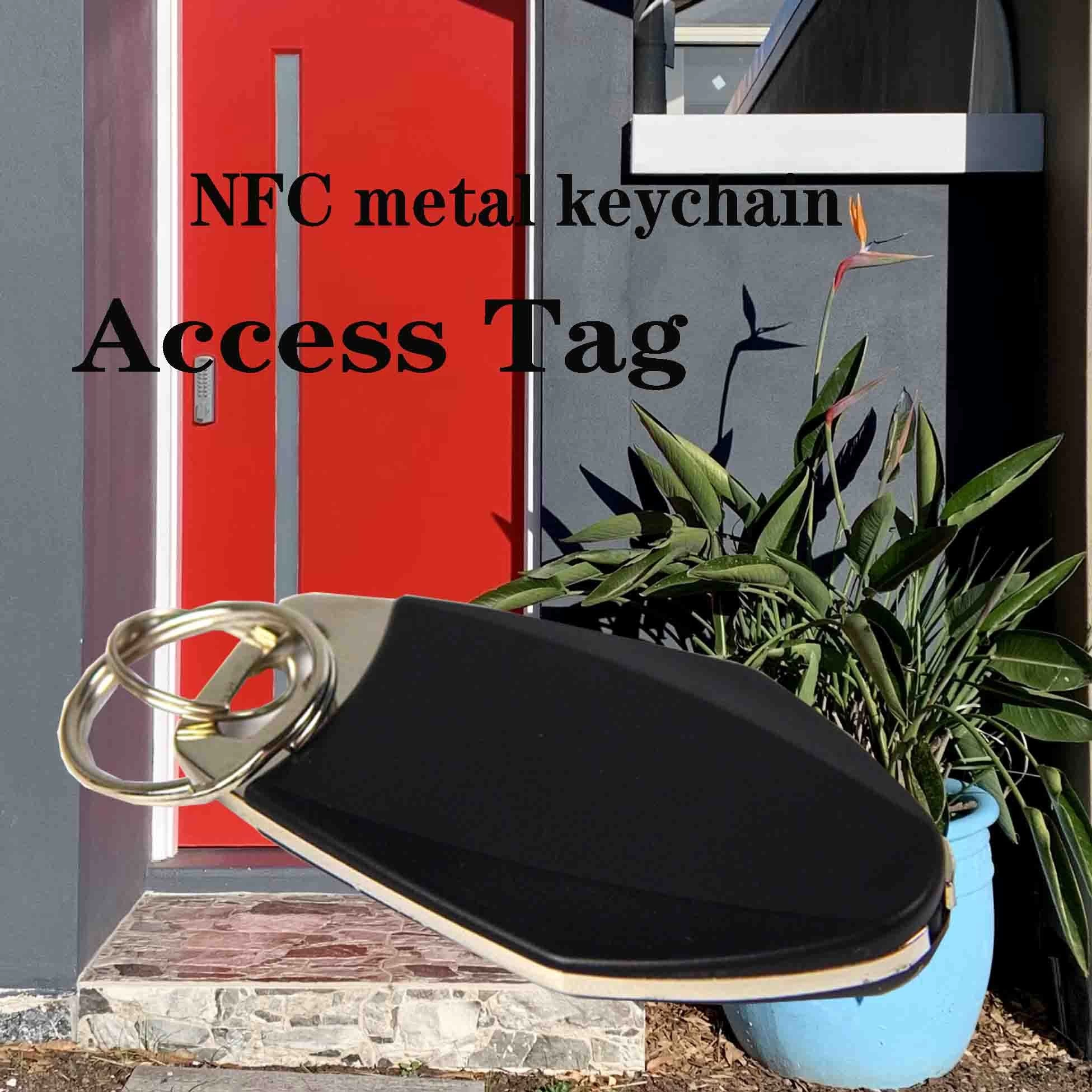
In summary, there are many types of NFC access cards, each type is customized to meet specific security requirements, technical capabilities, and user preferences. From traditional magnetic stripe cards to advanced biometric access cards and mobile credentials, the diversity of access card options reflects the evolving landscape of access control and security technology. By understanding the features and functionality of different types of access cards, organizations can choose the most appropriate solution to effectively protect their assets and facilities.

